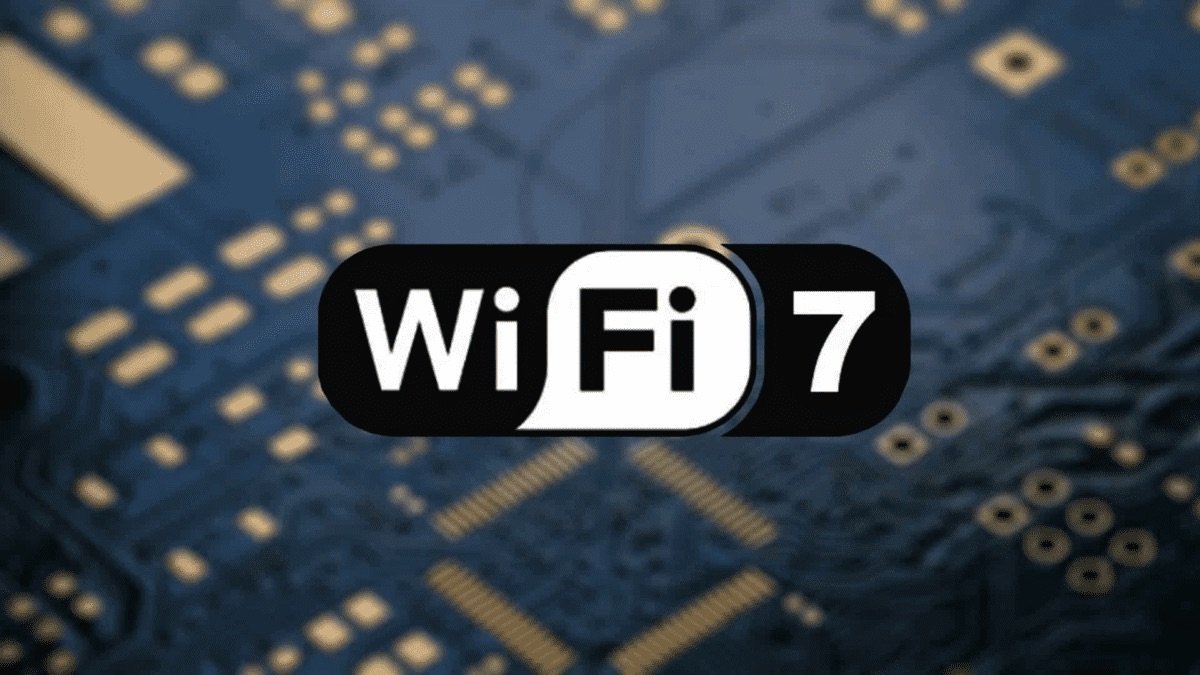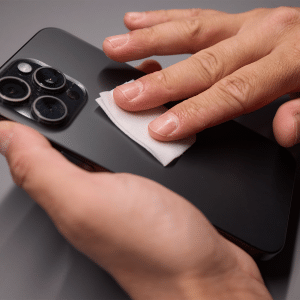After extensive development, the Wi-Fi Alliance has now finalized and introduced Wi-Fi 7. This breakthrough in wireless networking brings with it the promise of ultra-fast connections, capable of supporting a wide array of advanced applications.
Wi-Fi 7, using 320MHz channels within the 6GHz band, is designed to handle multi-gigabit connection speeds and high throughput levels. This advancement is a leap forward from previous iterations, offering significantly enhanced performance.
A key feature of Wi-Fi 7 is its support for Multi-Link Operation, which allows simultaneous data transmission and reception over multiple links. This innovation greatly improves data handling efficiency.
The introduction of 4K QAM facilitates transmission rates that are 20% higher than those of 1024 QAM. Furthermore, the 512 Compressed Block Ack feature and spectrum resource scheduling optimize network efficiency by reducing overheads.

Wi-Fi 7 also supports Triggered Uplink Access, enhancing the performance of latency-sensitive streams, and includes provisions for Emergency Preparedness Communication Services.
Beyond traditional Wi-Fi applications, Wi-Fi 7 is poised to make significant impacts in various new fields, such as multi-user augmented and virtual reality (AR/VR), 3D training, industrial Internet of Things (IoT), automotive technology, and gaming.
This versatility underscores the expansive potential of Wi-Fi 7 in revolutionizing wireless communication and technology applications.
The market is expected to quickly adopt Wi-Fi 7, with projections estimating over 233 million devices supporting this standard in 2024, and a staggering 2.1 billion by 2028. Leading companies like Broadcom, CommScope Ruckus Networks, Intel, MaxLinear, MediaTek, and Qualcomm are set to be among the first to offer hardware compatible with Wi-Fi 7.
Kevin Robinson, president and CEO of the Wi-Fi Alliance, emphasized the significance of Wi-Fi 7’s introduction.
“The introduction of Wi-Fi CERTIFIED 7 marks the emergence of the latest generation of Wi-Fi and will be an accelerant to mass adoption of Wi-Fi 7,” he said. Robinson highlighted the certification’s role in “delivering cutting-edge technology that redefines the way users experience Wi-Fi, providing faster speeds, improved efficiency, and increased reliability which expand the horizons of what is possible through Wi-Fi.”
The timeline for Apple’s adoption of Wi-Fi 7 in its products remains uncertain, especially as the company was not mentioned among the first wave of hardware producers supporting the new standard.

However, it is anticipated that Apple will incorporate Wi-Fi 7 once the necessary networking infrastructure becomes widespread.













